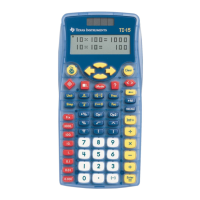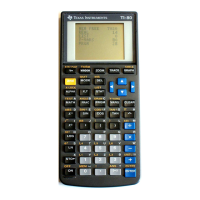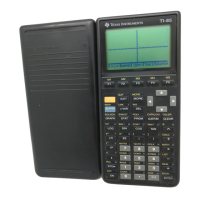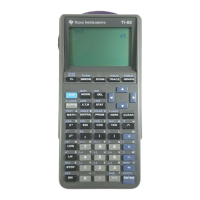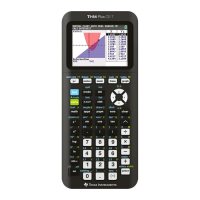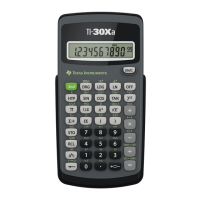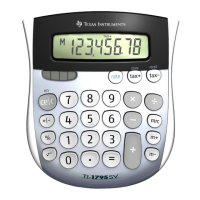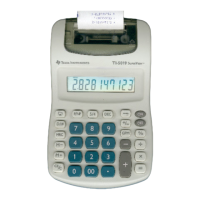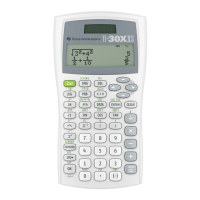Also, it is possible to create these functions in the Program Editor. Start the editor to create a New
function. In the New dialog box, set the Type to Function and enter a Variable name. Delete the Func
and EndFunc lines. Finally, enter only these lines to define the function:
:sec(x)
:1/cos(x)
This will result in a function that can be manipulated by the CAS. You cannot use comments in these
functions.
(Credit to Andy)
[2.15] Use change of variable in limits of when() functions
The CAS may have problems evaluating limits of expressions involving when() functions. For example,
this limit will not be evaluated:
limit(when(x=0,1,sin(x)/x),x,0)
If the limit is expressed as
limit(when(X=k,L,f(X)),X,0)
then substitute x-1 for X to obtain
limit(when(x-1=k,L,f(x-1)),x,1)
The example above becomes
limit(when(x-1=0,1,sin(x-1)/(x-1)),x,1)
which returns the correct limit.
(Credit to Martin Daveluy)
[2.16] Find partial fractions with expand()
A proper fraction is the ratio of two polynomials such that the degree of the numerator is less than the
denominator, otherwise the fraction is called improper. Partial fractions is a method to convert an
improper fraction to a sum of proper fractions. While the 89/92+ do not have a specific 'partial fractions'
function, expand() performs that operation, as noted in the 89/92+ manual.
Some examples:
For
x2+3x+5
x+2
use expand((x^2+3*x+5)/(x+2))
which returns
3
x+2
+ x + 1
2 - 9

